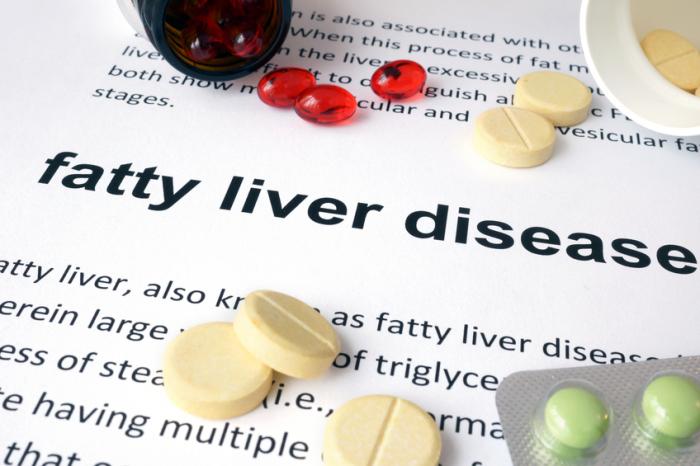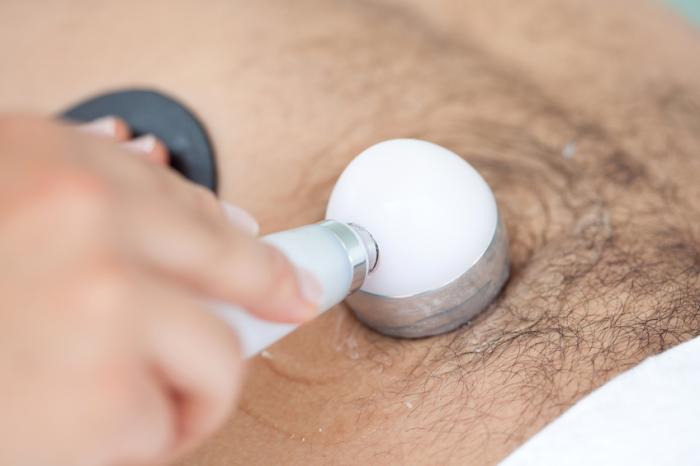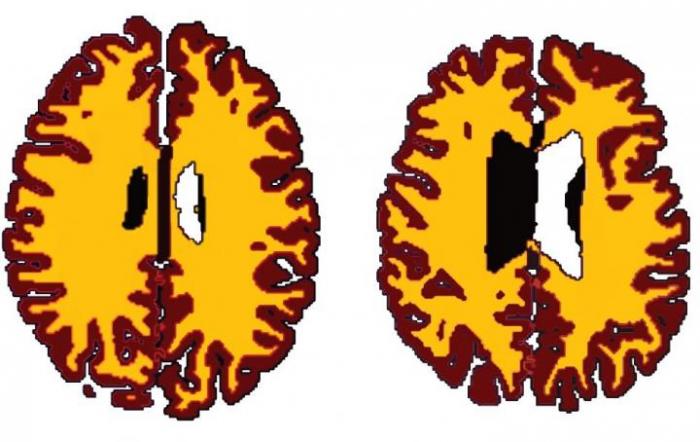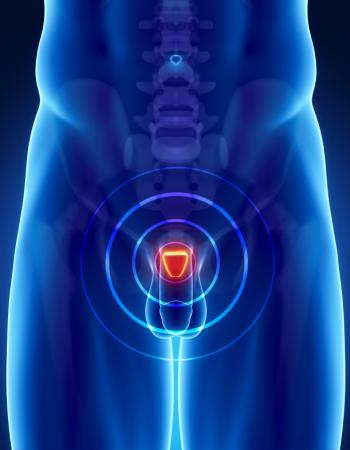Fatty liver is shorthand for nonalcoholic fatty liver disease. Also shortened to NAFLD, it is called “nonalcoholic” to separate it from a similar liver disease caused by too much alcohol.
Nonalcoholic fatty liver disease is seen in people whatever their level drinking, including people who do not drink any alcohol. People with the problem may be unaware of it and feel normal.
Although the fatty liver disease caused by alcohol has the same effect on the liver as NAFLD, it is considered separately. Simply known as alcoholic liver disease, it has different medical management.
Another separate condition is fatty liver of pregnancy. This condition is seen in some women who are close to full-term. Pregnancy-related fatty liver is a problem that has genetic factors.
Contents of this article:
- Stages of nonalcoholic fatty liver disease
- Causes and risk factors
- Symptoms of nonalcoholic fatty liver disease
- Diagnosis of nonalcoholic fatty liver disease
- Diet, outlook, and treatment
Stages of nonalcoholic fatty liver disease
Nonalcoholic fatty liver disease has a range of conditions and can develop through stages.

Nonalcoholic fatty liver disease can become more severe as it advances through stages.
Simple NAFLD is fat building up in the liver, which is called steatosis.
A threshold level is used to mean there is fatty liver but the buildup is mild enough not to cause any problems. This level is when there is fat buildup in more than 5 percent of the liver cells without any sign of further liver injury or disease.
Two other features are seen when the disease is more advanced. They may be considered complications of nonalcoholic fatty liver disease:
- Non-alcoholic steatohepatitis: The immune system responds to the fat in the liver with inflammation
- Cirrhosis: Scarring or fibrosis, which is a higher risk in obese people with fatty liver
Causes and risk factors of fatty liver
Exactly how and why nonalcoholic fatty liver disease develops is not clear. Obesity is a clear risk factor, however.
Other risk factors include:
- Diabetes
- High cholesterol
- High blood pressure
- High blood fats
Another risk factor is the metabolic syndrome, which is a clustering of the risk factors above. This means people are also more likely to get diabetes and heart disease.
Age is also a risk factor. The older people get, the more likely they are to have the above risk factors. Smoking is another risk.
About 10 to 20 percent of people get NAFLD without being obese, however.
Obesity and overweight: Links to fatty liver
Not everyone who is obese develops fatty liver, and not everyone who has fatty liver is obese. These exceptions are one of the reasons why the risk factors for the disease are not completely clear.
What is clear is that obesity raises the risk of fatty liver considerably.
While there are also genetic influences, one study states that “excess fat mass remains the most common background condition,” in NAFLD.
Fatty liver has also become the most common form of long-term liver disease in children.
A June 2016 review published in the International Journal of Molecular Sciences concludes that the problem is “affecting 10 to 20 percent of the general pediatric population, and 50 to 80 percent of those who are obese.”
“Within the next 10 years, it is expected to become the leading cause of liver pathology, liver failure, and indication for liver transplantation in childhood and adolescence in the Western world.”
Fatty liver has become more recognized, and overweight and obesity are rising problems. As a result, medical research will continue to try understanding the condition more.
Symptoms of fatty liver disease
Nonalcoholic fatty liver disease usually gives no symptoms. People with NAFLD often carry the problem without knowing it.
Most people getting the diagnosis have been tested because of risk factors. Sometimes, nonalcoholic fatty liver disease is discovered when testing is done for some other medical reason.

Possible symptoms of nonalcohoic fatty liver disease include tiredness and discomfort high up in the belly.
When someone with NAFLD does have symptoms, these might include:
- Tiredness
- Fatigue – general muscle weakness and a vague feeling of a lack of energy for no obvious reason
- Discomfort high up in the belly
The symptoms can be vague and similar to those of a number of other problems. This can be why diagnosis tends to be made when doctors either deliberately look for NAFLD or find it when testing for other things.
Other symptoms that might happen with nonalcoholic fatty liver disease are:
- Weight loss
- Loss of appetite
- Nausea
- Belly pain
The liver can get slightly bigger with nonalcoholic fatty liver disease. Doctors refer to this as hepatomegaly. A bigger liver may not be noticed by someone with NAFLD, but a doctor will feel for it during diagnosis.
Diagnosis of nonalcoholic fatty liver disease
Because NAFLD does not usually show symptoms, it tends to get diagnosed when doctors test for another condition. Routine blood tests might indicate that something wrong with the liver.
Liver enzyme levels might be high, and doctors will want to rule out some other liver disease causing this abnormality. After doing this, they may start to think about diagnosing nonalcoholic fatty liver disease.
Diagnosis will include the doctors making sure that it cannot be possible that the problem is caused by long-term, heavy alcohol drinking.

An ultrasound scan can show fat buildup in the liver.
A diagnosis can also be made after doing tests because the doctor has found that the liver is slightly bigger than normal.
An ultrasound scan may be done to look at the liver after lab tests suggest a problem. This will show fat buildup. A CAT scan done for some unrelated reason can also reveal NAFLD.
If the condition is advanced and there is liver scarring, other problems can be found. One example is a large spleen, which is another organ in the belly.
The most certain way of diagnosing nonalcoholic fatty liver disease is doing a biopsy. This means removing a small amount of liver tissue. A needle inserted into the liver is used to take the sample
After completely ruling out alcohol and other possible causes, a lab examination of the liver sample can confirm that fat has built up in the liver cells.
A biopsy is the only way to tell apart the simple cases of harmless fatty liver and the more advanced cases showing inflammation and scarring. The more advanced cases are called nonalcoholic steatohepatitis (NASH), and cirrhosis can develop.
Diet, outlook, and treatment for fatty liver
Losing weight is the main step that is needed to reduce the risk of non-alcoholic fatty liver disease. A healthy diet is one of the best ways to achieve this. The best approach with diet is to:
- Eat healthily by having a balanced diet with smaller portions
- Eat lots of fruits and vegetables
- Eat proteins and carbohydrates, but cut down on fats and sugars
- Reduce salt intake
A healthy diet and regular exercise tackle other risk factors as well as those behind nonalcoholic fatty liver disease. Following this lifestyle advice will be of wider health benefit as a result.
Benefits include lowering the chances of serious diseases such as diabetes and heart attack.
The outlook for most people with fatty liver disease itself is that it does not usually cause serious problems. There is no medical treatment for NAFLD itself. Lifestyle is the only treatment option, and it can be very effective in reducing the risk of serious disease.



